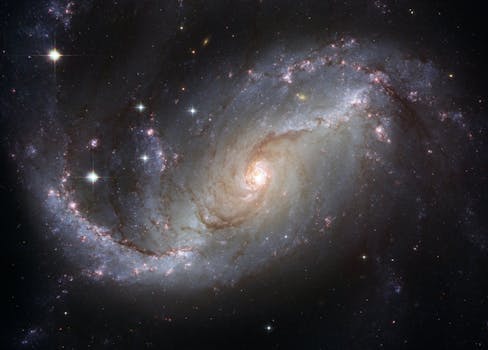
“
From Stardust to Dreams: Imagining Life Beyond the Stars
Introduction to the Universe and Its Secrets
From Stardust to Dreams: Imagining Life Beyond the Stars, the universe has always been a subject of human fascination. The sheer scale and complexity of the cosmos have led to numerous theories and speculations about the existence of life beyond our planet. As we continue to explore and understand the universe, we are drawn to the question: are we alone in the universe? The search for extraterrestrial life has become a significant area of research, with scientists using various methods to detect signs of life elsewhere in the universe. This quest is akin to soaring through the cosmos in our imagination.
The Formation of Stars and the Building Blocks of Life
The formation of stars is a complex process that involves the collapse of giant molecular clouds. These clouds are made up of gas and dust, which eventually collapse under their own gravity, leading to the formation of a protostar. As the protostar collapses, it begins to spin faster and faster, causing it to flatten into a disk shape. At the center of this disk, the protostar continues to collapse, eventually forming a main-sequence star. The leftover material in the disk can then coalesce to form planets, moons, asteroids, and other celestial bodies. The building blocks of life, such as amino acids and organic molecules, can be found in these celestial bodies, providing the raw materials for life to emerge. This process is a reminder of how cosmic creativity shapes our understanding of existence.
Exploring the Universe for Signs of Life
The search for extraterrestrial life has led to numerous missions and projects, including the use of telescopes to study the atmospheres of exoplanets. By analyzing the light that passes through the atmosphere of an exoplanet, scientists can determine the presence of certain gases, such as oxygen or methane, which could be indicative of life. Other methods, such as the detection of radio signals or other evidence of technology, are also being used to search for signs of intelligent life. While we have yet to find definitive evidence of extraterrestrial life, the possibility of life existing elsewhere in the universe is considered to be quite high by many scientists. This ongoing exploration is much like charting new realms in our quest for knowledge.
Conclusion and the Future of Space Exploration
In conclusion, the universe is a vast and wondrous place, full of mysteries waiting to be uncovered. The search for extraterrestrial life is an exciting and ongoing area of research, with new discoveries and advances in technology continually expanding our understanding of the cosmos. As we continue to explore and understand the universe, we may eventually find the answer to the question: are we alone in the universe? The possibility of life existing elsewhere in the universe is a tantalizing one, and it is likely that the search for extraterrestrial life will remain a significant area of research for generations to come.
Takeaways:
- The universe is vast and complex, with many mysteries waiting to be uncovered.
- The search for extraterrestrial life is an ongoing area of research, with scientists using various methods to detect signs of life.
- The building blocks of life, such as amino acids and organic molecules, can be found in celestial bodies, providing the raw materials for life to emerge.
- The possibility of life existing elsewhere in the universe is considered to be quite high by many scientists.
See more:
https://www.nasa.gov/
https://www.esa.int/
https://www.seti.org/






